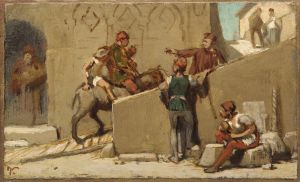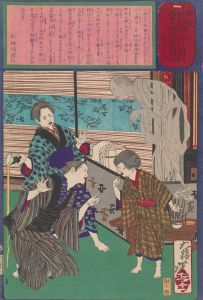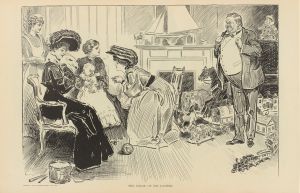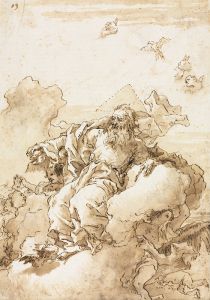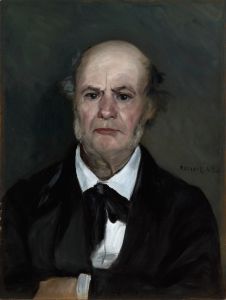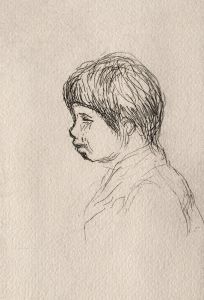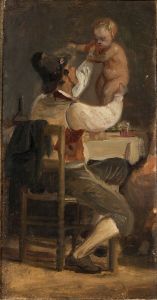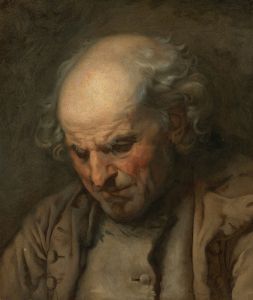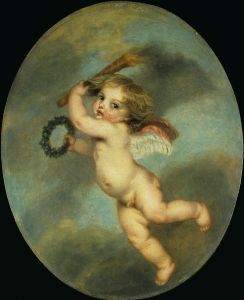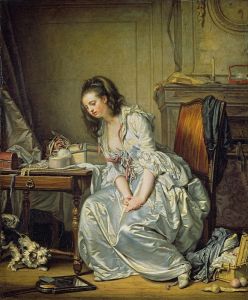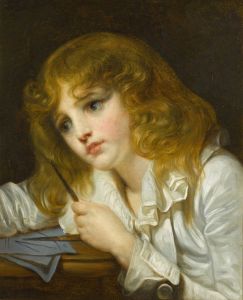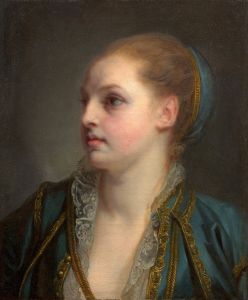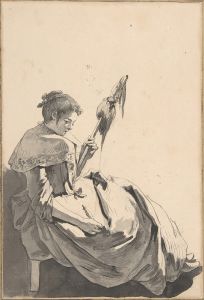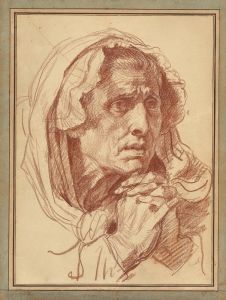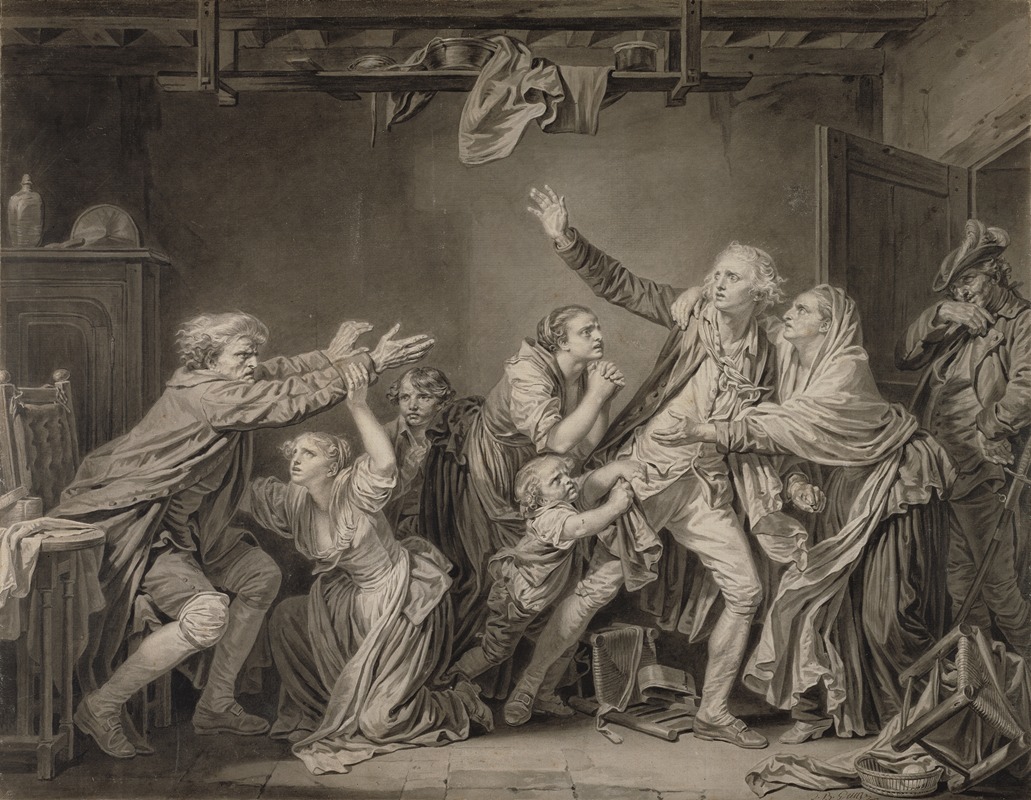
The Father’s Curse; The Ungrateful Son
A hand-painted replica of Jean-Baptiste Greuze’s masterpiece The Father’s Curse; The Ungrateful Son, meticulously crafted by professional artists to capture the true essence of the original. Each piece is created with museum-quality canvas and rare mineral pigments, carefully painted by experienced artists with delicate brushstrokes and rich, layered colors to perfectly recreate the texture of the original artwork. Unlike machine-printed reproductions, this hand-painted version brings the painting to life, infused with the artist’s emotions and skill in every stroke. Whether for personal collection or home decoration, it instantly elevates the artistic atmosphere of any space.
Jean-Baptiste Greuze's painting The Father’s Curse; The Ungrateful Son (La Malédiction paternelle : Le fils ingrat) is a significant work of 18th-century French art. Created in 1777, the painting is part of a pair, alongside The Father’s Curse; The Punished Son (La Malédiction paternelle : Le fils puni), which together depict a moralizing narrative about family discord and the consequences of filial ingratitude. Greuze, known for his genre paintings and moralistic themes, was a prominent figure in French art during the Rococo and early Neoclassical periods.
The painting illustrates a dramatic domestic scene, characteristic of Greuze's storytelling approach. In The Ungrateful Son, the artist portrays a young man leaving his family home, presumably to join the military, against the wishes of his father. The father, seated at the center of the composition, raises his hand in a gesture of anger and despair, cursing his son for his perceived betrayal. The other family members, including the mother and siblings, display a range of emotions, from sorrow to shock, emphasizing the emotional turmoil caused by the son's actions.
Greuze's use of light and composition draws attention to the central figures, particularly the father and son, while the detailed depiction of the interior setting adds to the realism of the scene. The painting reflects the artist's interest in moral lessons and the consequences of individual actions, themes that resonated with the values of the Enlightenment period. It also aligns with the 18th-century French tradition of using art to convey ethical and didactic messages.
The pair of paintings was exhibited at the Salon of 1777, where they received significant attention. Greuze's works were often praised for their ability to evoke strong emotional responses and for their meticulous attention to detail. However, his moralizing approach also drew criticism from some contemporaries who found it overly sentimental.
Today, The Father’s Curse; The Ungrateful Son is housed in the Louvre Museum in Paris, where it remains an important example of Greuze's contribution to French art. The painting continues to be studied for its narrative complexity, emotional depth, and its reflection of 18th-century societal values.





